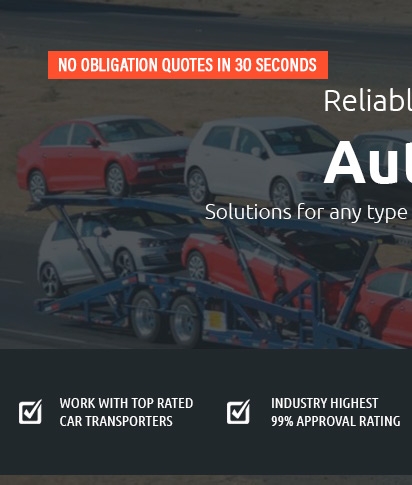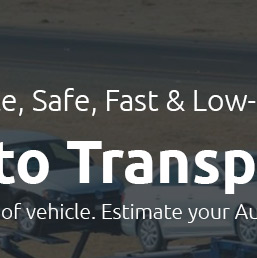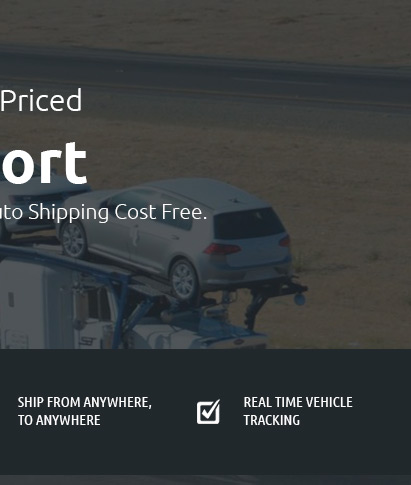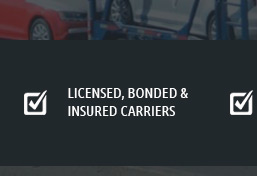 |
|||||
 |
 |
 |
 |
 |
|||||
 |
 |
 |
 |
 |
 |
 |
||
 |
 |
 |
 |
 |
 |
 |
 |
 |
 |
|
How Are Cars Shipped?When considering the logistics of moving vehicles from manufacturers to consumers, the intricacies of how cars are shipped emerge as a fascinating blend of precision, coordination, and technological prowess. Understanding this process offers insight into an industry that operates with remarkable efficiency and attention to detail. So, how exactly are cars shipped across the globe? Transport Methods: The journey of a car from the factory floor to the dealership often involves a combination of transport methods, each chosen based on distance, cost, and time efficiency. Road transport remains the most visible component of car shipping, with specialized trucks known as car carriers or auto transporters crisscrossing highways. These massive vehicles, often seen on interstates, are designed to carry multiple cars simultaneously, maximizing the efficiency of each trip. However, the process doesn't stop there. Ocean Freight: For international shipments, the ocean is the primary avenue. Cars are loaded onto large vessels called RoRo ships, short for 'Roll-on/Roll-off,' which are specifically designed for wheeled cargo. The sheer scale of these ships is nothing short of impressive; they can carry thousands of vehicles across oceans, making them an indispensable part of the global auto industry. The loading process is a marvel of engineering and coordination, with cars being driven on and off the ship via ramps, a method that reduces handling and the potential for damage. Rail Transport: While less glamorous, rail transport plays a crucial role in the car shipping process, especially for long-distance journeys across continents. Trains can transport a significant number of vehicles in enclosed carriages, offering a level of protection from the elements and enhancing security. This method is often employed in regions with extensive rail networks, such as North America and parts of Europe. Despite the prominence of these methods, each has its pros and cons. Road transport offers flexibility and door-to-door service but is limited by the number of vehicles a truck can carry. Ocean freight, while cost-effective for bulk shipping, is time-consuming and subject to the unpredictability of maritime conditions. Rail transport strikes a balance but is constrained by the availability of rail infrastructure. Logistical Coordination: The success of car shipping hinges on meticulous planning and coordination. Companies must synchronize schedules to ensure that vehicles arrive at ports, rail yards, and dealerships at the right time. This requires sophisticated logistics software and a keen understanding of global supply chains. One cannot overlook the human element in this equation-skilled workers, from drivers to logistics managers, play a vital role in navigating the complexities of international transport. Environmental Considerations: As environmental concerns gain prominence, the car shipping industry is evolving to reduce its carbon footprint. Innovations in fuel efficiency for transport vehicles, as well as investments in cleaner technologies for ships and trains, are making strides. Some might argue that while these efforts are commendable, the pace of change is not rapid enough to meet global sustainability goals. Yet, the industry is undeniably moving towards greener practices, driven by both regulatory pressures and consumer demand. In conclusion, the process of shipping cars is a testament to human ingenuity and the relentless pursuit of efficiency. It is an industry that, while often operating behind the scenes, is vital to the functioning of modern economies. Whether by road, rail, or sea, the movement of vehicles across vast distances is a complex ballet of logistics that continues to evolve, adapt, and innovate in response to the challenges of the modern world. https://www.quora.com/How-do-major-car-manufacturers-ship-cars-overseas
High value cars could be transported in shipping containers or as air freight for race or collector cars but the vast majority of cars and ... https://www.reddit.com/r/AskAnAmerican/comments/124oq38/how_does_shipping_a_car_work_in_the_us_and_what/
Expect it to take a week or more to get your car across country. The truck will wind it's way all over picking up other cars and dropping off ... https://www.rpmmoves.com/blog/how-are-cars-transported-to-dealers-the-over-the-road-guide
Once the vehicles have arrived stateside, they are then rolled off the cargo ship and placed in a storage lot until they can be picked up for ...
|